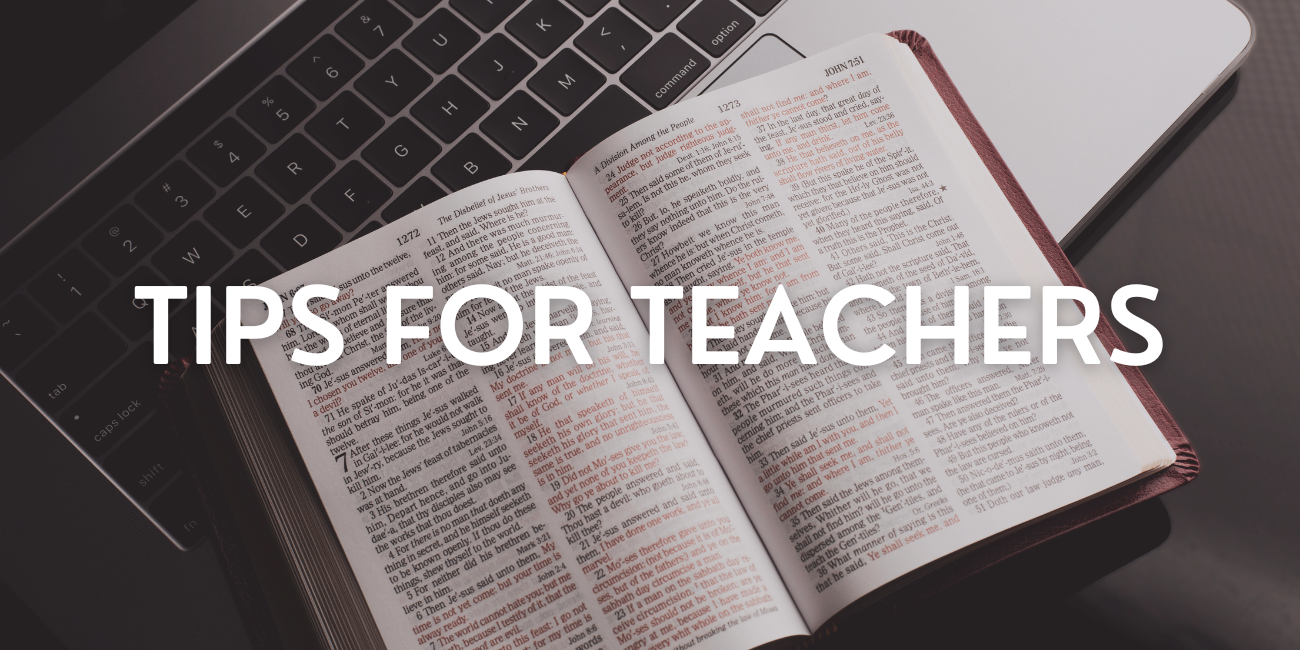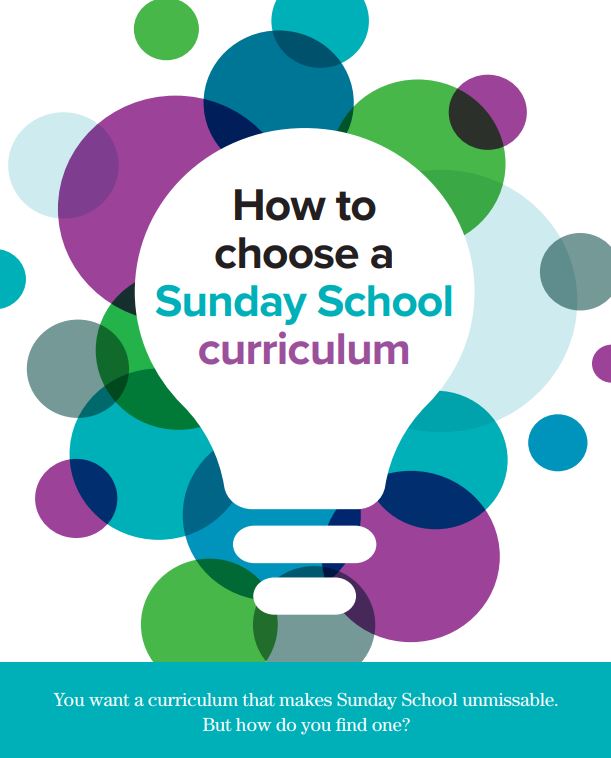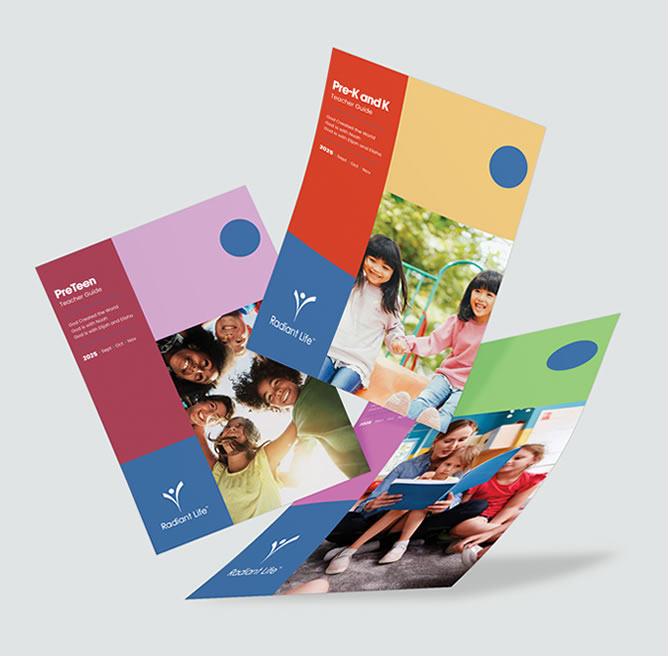
An experienced teacher has learned to adjust his or her methods of teaching according to group size. Group dynamics impact how a teacher can best use discussion questions, worksheets, case studies, or other teaching activities. As the group size increases, some students become increasingly reluctant to participate. Learning to understand how adults act in groups, then adapting your curriculum and teaching style to fit the class size will prove valuable in reaching your students.
How can you adapt curriculum for small groups?
Teachers of smaller groups may notice their adult students speaking to the rest of the class longer and more often. Students may answer individual questions more easily in a smaller class. An informal spontaneity seems to exist in smaller classes where adult students are encouraged to be themselves in their own characteristic ways. And students can feel a sense of camaraderie in completing worksheets or in studying Scripture together. A teacher’s task in a smaller classroom is keeping the class on track to finish the material in the designated amount of time.
How can you adapt curriculum for large groups?
In larger groups, most adult students tend to be passive, enjoying obscurity. Many would rather listen to the teacher than speak out in class. These learners may not appreciate extra activities, because they have little experience sharing their insights. They may consider worksheets or inductive Bible study to be unbeneficial busy work. However, many of the items in the Adult Resource Packet provide opportunities for students to discover concepts as they do the activities rather than having the information “fed” to them.
The passivity that accompanies individuals in larger groups can also affect discussion. Only the more vocal students will share with the entire class. Over time, the class will consider these contributors as the unofficial “designated” spokespersons. A teacher will learn to manage these sometimes over-eager students.
Adaptation is more complicated in larger groups, usually because large adult classes often meet in the sanctuary, fellowship hall, or another large room. When using the sanctuary, encourage students to sit together in one section. If the space is large enough that students cannot hear each other, then provide a microphone in each aisle or assign someone to walk around to hand the microphone to the next speaker.
When class size exceeds twenty to twenty-five learners, a teacher must intentionally include new voices by calling on individuals to answer specific questions or by dividing the larger class into small groups who then designate one small group member to report back to the full class.
Forming groups in a sanctuary filled with pews can be awkward; ask two or three adults in the same row to share together. Two students can also turn around to discuss an item with two to three adults sitting behind them. Provide clipboards to students when you use worksheets or other curriculum materials that require note-taking.
Round tables make the best classroom setup, even in a fellowship hall or gymnasium. Recruit a host or hostess for each table to function as a group facilitator. If possible, provide facilitators with the discussion questions, worksheets, or other materials a few days early. The amount of group time allotted may vary from week to week, from a few minutes to one-fourth or even one-half of class time. When possible, provide a schedule for facilitators to help them prepare.
Reading Scripture in a large group can be intimidating for some adults. When you need to have passages of Scripture read aloud, ask for volunteers. Perhaps you could ask for those willing to read aloud to raise their hands, then keep a list of those individuals in your notebook or Bible for future reference.
In large or small groups, adult learners may choose not to write down their responses to worksheets; verbal responses work better for some people. If adult members are reluctant to complete worksheets or other curriculum materials during class time, then distribute them to be completed at home. Some of the items in your Adult Resource Packet are designed for further study at home. Sending the handouts to absentees (by email or postal service) will help them feel a sense of belonging even when they are not able to attend.
Encourage individual study time.
Encourage your students to use their Adult Student Guide as they prepare for each week’s lesson. They will find the opening activity in each week’s lesson so they can plan ahead to share with the class during this “warm-up” time. This activity is designed for broad participation, even if the students do not have a lengthy church background or strong biblical knowledge. Some of the discussion questions also appear in the Student Guide so students can be prepared to enter into the discussion.
Radiant Life Adult curriculum offers a variety of methods and resources for adult learners. Not all of the activities will benefit every group, but they are designed to help students grow in their faith, regardless of the size of the group or the background of the individuals. Experiment to discover what teaching methods work best for your class. Then return to those methods frequently, teaching your students to be participatory learners.
Consider This
Many classes spend several minutes with prayer requests at the beginning of class. While this is a great way for students to share needs and pray for one another, it is sometimes intimidating for people to share needs with a large group. Consider having the smaller groups within your class take a few minutes to share needs and pray for each other. Encourage them to write down each other’s prayer needs and check in during the week as they continue to pray for one another.



